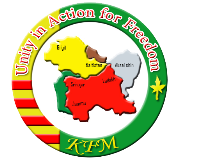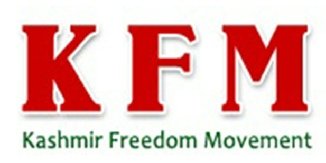


|
S.No |
District |
Area (Sq. Kms) |
Population |
|
1 |
Muzaffarabad |
2,496 |
638,973 |
|
2 |
Bagh |
768 |
243,415 |
|
3 |
Poonch |
855 |
411,035 |
|
4 |
Sudhanuti |
569 |
334,091 |
|
5 |
Kotli |
1,862 |
563,094 |
|
6 |
Mirpur |
1,010 |
333,482 |
|
7 |
Bhimber |
1,516 |
301,633 |
|
8 |
Hattian |
|
|
|
9 |
Neelam |
3,621 |
106,778 |
|
10 |
Haveli |
600 |
150,000 |
|
Total |
10 districts |
13,297 |
4,567,982 |
|
Male population |
1.685 Million |
|
Female population |
1.665 Million |
|
Gender ratio (No of males per 100 females) |
101 |
|
Average family size |
7.2 members |
|
Urban- |
12 : 88 |
|
Growth rate |
2.41% |
|
Population density |
2252 persons/Sq.Km |
|
Literacy rate |
60% |
|
Religion |
99 % Muslims |
|
Major |
Maize, Wheat, Rice |
|
Minor |
Grams, Pulses, Oil- |
|
Vegetable |
Tomato, Bean, Potato, Spinach, Turnip, Karam |
|
Fruit |
Apple, Pear, Apricot, Walnut, Plum & Cherry |
|
TYPE |
NUMBER |
|
Cattle |
528150 |
|
Buffaloes |
489991 |
|
Goats |
215790 |
|
Sheep |
1130112 |
|
Poultry |
4055590 |
|
Camels |
740 |
|
Donkeys |
58330 |
|
Horses |
7650 |
|
Mules |
3095 |



| Photo Gallery |
| Videos |
| KFM TV |
| Books |
| Gilgit Baltistan |
| Azad Kashmir |
| Indian Occupied Kashmir |
| Aksai Chin |